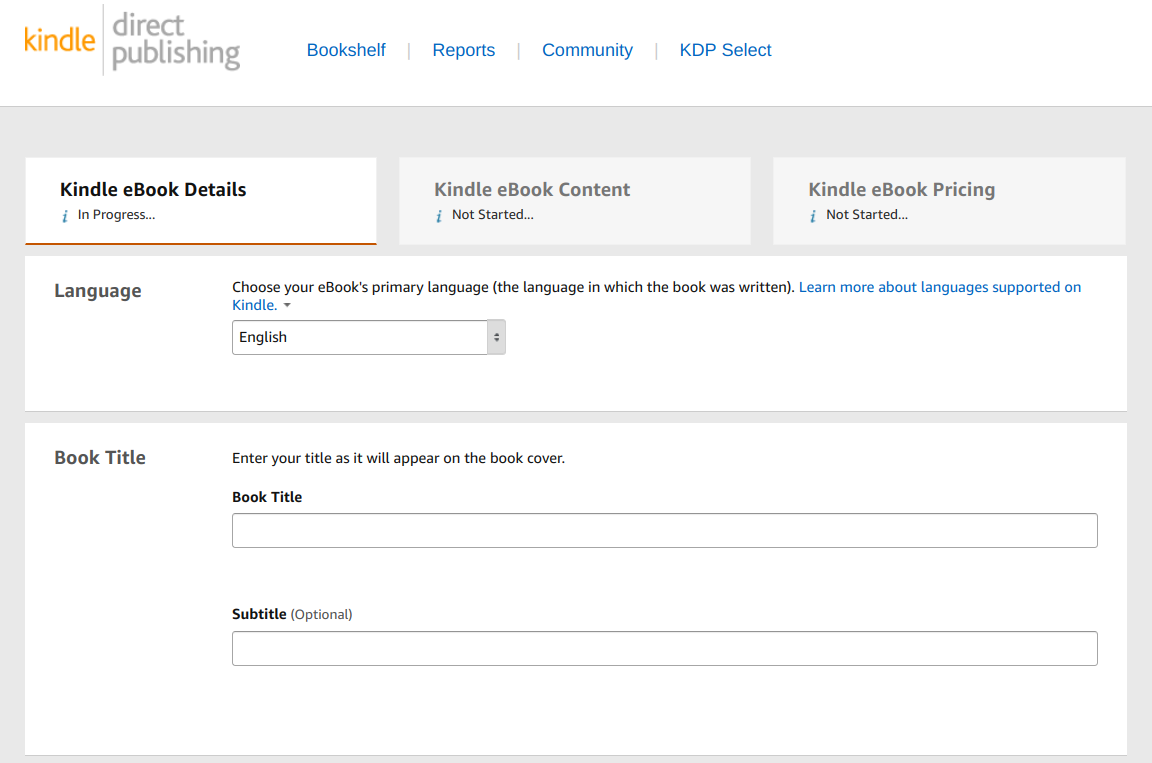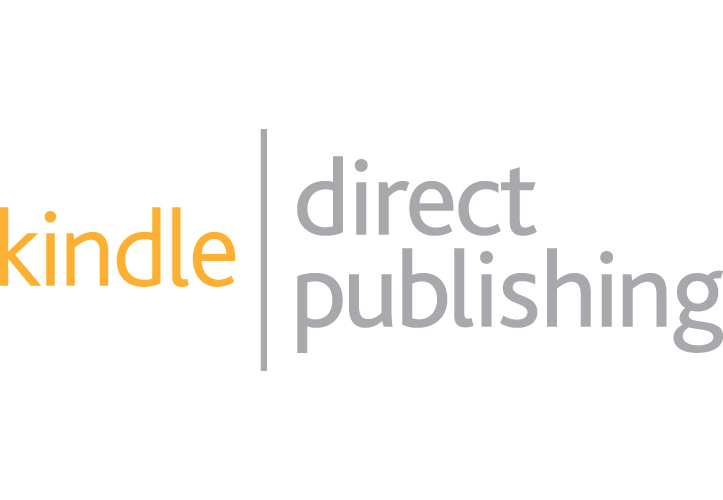
- #Kindle direct publishing how to#
- #Kindle direct publishing generator#
- #Kindle direct publishing plus#
Personally, I seem to use the one that is less commonly used and I will explain what that is in a moment. To simplify it, there seems to me a couple of different methods that people use.
#Kindle direct publishing how to#
Partly this may be due to some mixed information about how to fill in these slots – in particular, when you’re talking about low content publishing.

You pick how much you want to charge for your book though there is a minimum amount.Many people get confused and possibly experience a bit of analysis paralysis when it comes to filling in their 7 keyword slots on KDP, (the kindle direct publishing platform). Authors can also go back into their account and upload changes to the manuscript and cover as many times as needed. All you have to do is to go into your account where your book is listed and un-publish your book. With KDP you will still own your book and can take it off Amazon’s website anytime you wish. Canada will give you an ISBN number for free! Ownership If you are in the United Kingdom you need to buy your number at Nielsen. If you don’t want to use Amazon and need your own ISBN you will need to go to Bowker and purchase one. So, if you change the title, language or publisher, you will need a new number.Īmazon will also place the barcode for you on the back cover of your book. Lastly is the check digit to indicate the ISBN is verified. After that comes a 3-digit number that identifies your publisher, then comes a 5-digit number that identifies the title, edition and the format of your book. Next is 1 number that indicates the language of the book, which if English it is a 0 or 1. The first three 978 or 979 show it is a book. ISBN (International Standard Book Number) are mostly for when you are using a traditional publisher. When publishing your paperback book, Amazon will provide you with an ASIN (Amazon Standard Identification Number). I have discovered that that have a beta program for hardback books, so it looks like they will be providing hardback books in the near future! ISBN and Barcode At the time of writing this, Amazon only provides paperback books. The best size for children’s books is the square 8.5×8.5 or the large 8.5×11. If you are having a hard time deciding on what size you should use, I can tell you that the most common size for a novel is the 6×9 inch. Here is a screenshot I took of the sizes they offer: When creating your paperback book, Amazon only allows certain book sizes that they will print. If you are first time author and have never used KDP before, I have created a guide which contains screenshots with step-by-step instructions on how to upload your interior and cover. To compensate, you can enter pages such as a title page, dedication page, about the author page, maybe a page with titles of other books you have created, and a blank page. If you are creating a children’s book, it is often difficult to come up with that many pages.

Printed books have to have at least 24 pages. The cover templates have bleed area, spine area, safe zones and show where the barcode will be placed on the back. This is why I always ask my clients for their book size and page count. All you have to do is enter the size of your book (trim size) and your page count.
#Kindle direct publishing generator#
I use the template generator often when creating covers for my clients.

#Kindle direct publishing plus#
They provide you with templates for your interior and if you are creating a book for print, plus they have a generator that will give you a cover template. Amazon will publish both eBooks and printed books. Kindle Direct Publishing, also referred to as KDP, is the best and most simple way for new self-publishers to get their book out into the market.


 0 kommentar(er)
0 kommentar(er)
